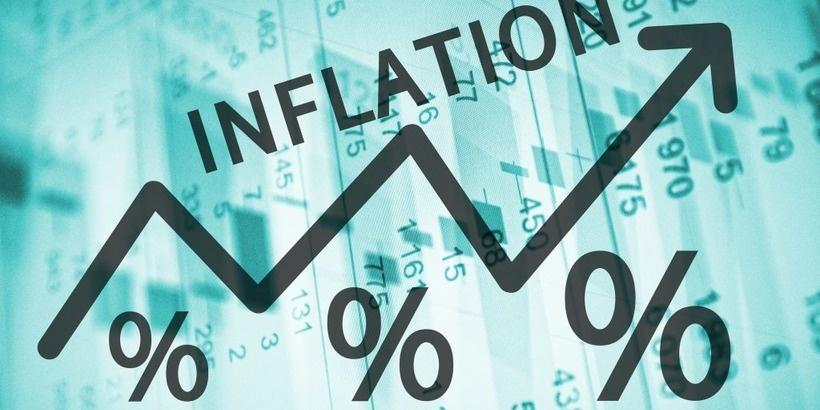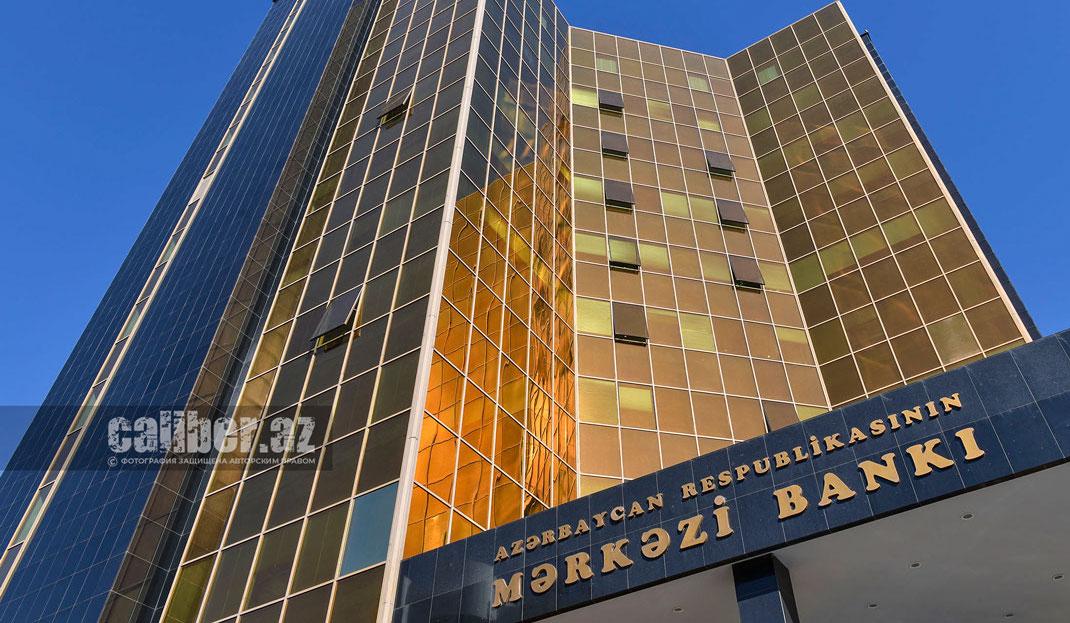Azerbaijan reducing borrowed capital cost Rates in various countries
A downward trend in refinancing rates has been observed on the global financial market since early 2024 amid declining inflation expectations.
This trend is also noticeable in Azerbaijan, where since the end of autumn 2023 the Central Bank of Azerbaijan (CBA) has been consistently softening monetary policy amid a decrease in foreign economic risks, including those related to the factor of imported inflation.
In particular, the board of the CBA decided to reduce the discount rate from 7.75 per cent to 7.5 per cent, which can be regarded as a signal to market participants to reduce the cost of borrowed capital.
The CBA predicts that annual inflation will remain within the target, as well as an acceptable level of current account surplus.
The unprecedented level of global inflation of the last two years and other external economic factors, which led to a rapid increase in prices for consumer goods and food, forced the central banks in most countries to consistently increase refinancing rates.
The cost of borrowed capital increased thanks to this tool, which, in turn, slowed down the price growth.
Another side of this policy was a decline in trade activity, a decline in production and, ultimately, stagnation in the economy, which transformed into a recession in 2023.
This was the result of combating inflation. While choosing between macroeconomic stability or meeting the economy’s needs for “cheap” money, the central banks chose the first, based on the principle when there are two alternatives, each of which does not seem attractive.
As in many countries, the factor of imported inflation prompted the CBA to implement conservative scenarios in monetary and credit policy. The discount rate in Azerbaijan was gradually increased in 2022–2023, reaching nine per cent at the peak of the rise.
These efforts helped stabilise macroeconomic indicators, and by the end of autumn 2023 it was possible to greatly reduce the inflationary intensity. For example, the number of households expecting inflation to rise decreased to 69 per cent from 81 per cent at the end of the third quarter.
According to the latest CBA data, twelve-month inflation in Azerbaijan slowed to 2.1 per cent in 2023, and a decrease in price pressure was observed for all group components of the consumer basket.
Thus, annual food inflation reached 0.8 per cent, non-food inflation - 2.7 per cent, in the service sector - 3.7 per cent. The dynamics of actual inflation also had a very positive impact on inflation expectations for the next year.

The CBA’s conservative policy and the weakening of global economic activity, which led to a decrease in world prices for raw materials, energy and food, greatly limited the impact of imported inflation on the Azerbaijani economy.
Amid this positive situation, as in many countries, Azerbaijan’s priorities were aimed at improving economic dynamics, reducing the fiscal burden for business, and reducing the cost of borrowed funds in 2024.
As a result, the CBA reduced the discount rate three times from 9 per cent to 7.75 per cent in November-December 2023, as well as in late January 2024.
Positive trends were observed in February and March, and the CBA has recently again reduced the level of the discount rate from 7.75 per cent to 7.5 per cent, reducing the upper limit of the interest rate corridor from 8.75 per cent to 8.5 per cent, and kept the lower one unchanged at 6.25 per cent.
These decisions entered into force on March 29 while the parameters of the interest rate corridor will be considered on May 1, 2024.
“This decision was made taking into account the comparison of actual and projected inflation with the target (4±2 per cent), stabilisation of inflation expectations, and changes in the balance of risks,” the CBA said.
“Reducing the upper limit of the interest rate corridor and the discount rate, taking into account maintaining the projected inflation at the target level, is aimed at easing monetary conditions. The unchanged lower limit serves to optimise the interest rate corridor,” the CBA’s message says.
“When determining the current parameters of the corridor, the influence on interest rates on the interbank money market was also taken into account,” the message says.
The CBA emphasised that annual inflation rates have been declining since the last session.
“So, twelve-month inflation was 0.8 per cent while twelve-month core inflation was 1.4 per cent in February 2024,” the message says.
The anti-inflationary measures of recent months are a very important factor, as they reduce possible risks within the policy of reducing the refinancing rate.
“The decrease in the level of average annual price growth is a positive result of anti-inflationary measures and monetary policy implemented by the government and the central bank,” Tahir Mirkishili, chairman of the Azerbaijani parliament’s Committee on Economic Policy, Industries and Entreprising, noted.
In general, the country’s basic macroeconomic indicators have shown positive dynamics since the beginning of the year. Proceeding from the analytical studies, there is a high probability of a decrease in the annual inflation forecast in the remaining period of this year. The central bank also predicts a current account surplus in 2024 at $7–8 billion.
As a result of the open market transactions and the intensive use of tools, there were weighted average interest rates on transactions concluded between banks in national currency on the money market, both unsecured and secured, within the Central Bank’s interest rate corridor.
The central bank intends to continue carrying out the reforms to strengthen the influence of monetary market interest rates on other rates, including interest on deposits and loans.
The latter is an extremely popular task as in the previous two years the relatively high level of the discount rate prevented the reduction in the cost of borrowed funds to intensify the business.
Moreover, a fairly high level of liquidity was dominated on the credit market and the efforts were in demand to sterilise the banks’ excess borrowings.

It is obvious that after last year’s big decline in GDP (1.1 per cent), the measures were in demand in Azerbaijan to encourage the growth of capitalisation of companies and their production activity on the market. However, this is impossible without injections of low-interest and “long-term” money into the economy, including those through banking structures.
That is why the CBA’s current policy is aimed at reducing the cost of borrowed funds to intensify business.
The US, China, as well as some countries in the post-Soviet region—trading partners of Azerbaijan are moving along a similar path this year.
Thus, according to the data from the US Goldman Sachs Group, the US Federal Reserve System (FRS) plans to conduct four stages of reducing the discount rate this year. The first reduction by 25 basis points is scheduled for June.
Perhaps, the Fed’s policy of reducing the refinancing rate will continue in 2025. In general, Goldman Sachs experts think that this year the central banks of the US, and then Europe, will use lower interest rates, which will support industrial and consumer demand.
Moreover, these steps contribute to higher commodity prices, especially for metals - copper, aluminum and especially gold. Easing monetary and credit policy will inevitably affect the oil market. Goldman Sachs analysts expect an increase in prices for liquid hydrocarbons this year.
The People's Bank of China intends to further ease monetary policy amid a slowing economy, the mortgage crisis and lower exports.
The Chinese central bank lowered the rate on five-year loans by 25 basis points in February, and, according to the experts, intends to lower the rate on loans issued under the medium-term lending programme.
The central banks of Türkiye, Russia and a number of Central Asian countries have so far taken a wait-and-see approach regarding lowering interest rates.
However, the central bank reduced the discount rate for the second time in neighboring Georgia since the beginning of the year, in particular, in March by 0.75 percentage points to 8.25 per cent. The rate decreased even in belligerent Ukraine. The National Bank of Ukraine lowered the discount rate from 15 to 14.5 per cent in mid-March, and, despite all external risks, the bank said that the situation in the country’s foreign exchange market will remain under control and inflation – moderate.








